You can contact LEARNZ, part of CORE Education, at:
Postal Address:
PO Box 13 678,
Christchurch 8141,
New Zealand
Climate is a description of long term weather patterns. Climate can change naturally but recent rapid changes in climate have been caused by people increasing greenhouse gases in the atmosphere.
Climate change is the change in weather patterns that we can see on Earth over long periods e.g. hundreds to millions of years. Climate can change naturally because of changes in:
How do you think weather is different from climate?
People have caused recent changes in climate by increasing the levels of greenhouse gases in the atmosphere. Greenhouse gases cause global warming by preventing heat from escaping back into space.
What evidence do scientists use to show that current climate change has been caused by people and how do we know this evidence is accurate?
Greenhouse gases are those that help cause the 'greenhouse effect'. Without greenhouse gases the earth would be very, very cold (about 30° colder). Greenhouse gases include:
The ‘greenhouse effect’ is what happens when the sun’s radiation is absorbed by greenhouse gases, and is re-radiated back towards the earth. This results in a rise of the surface temperature; A bit like in a greenhouse.
One of the greenhouse gases, carbon dioxide, has been increasing rapidly since the beginning of the industrial revolution in 1750 when humans started burning greater amounts of fossil fuels (such as coal and oil).
Before 1750 (the start of the industrial revolution) the concentration of CO2 in the atmosphere was about 270 parts per million (ppm). The concentration has increased to nearly 400 ppm in 2012. The graph below is sometimes called the Keeling Curve after Charles David Keeling who was the first person to measure this increase.
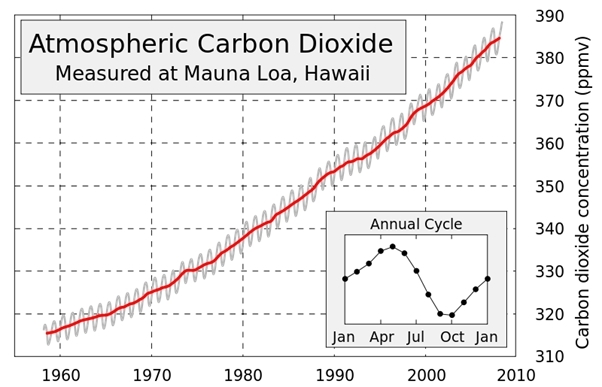
This increase in CO2 causes the man-made portion of the greenhouse effect that has caused global warming.
Why is this a useful way of displaying data about carbon dioxide concentrations and why do you think there is such a strong annual cycle?
In parts of Antarctica sea ice is decreasing while in other parts it is increasing.
Antarctica is a powerful heat sink that strongly affects the climate of the whole Earth because;
Both the ice sheet and the sea ice are likely to change if temperatures increase.
Changes in the "mass balance" of ice are of great concern to scientists because of their impact on sea level. If an ice sheet is growing, it tends to lower sea level due to the extra storage of frozen water; if it is shrinking, it tends to raise sea level.
How high above sea level do you live?
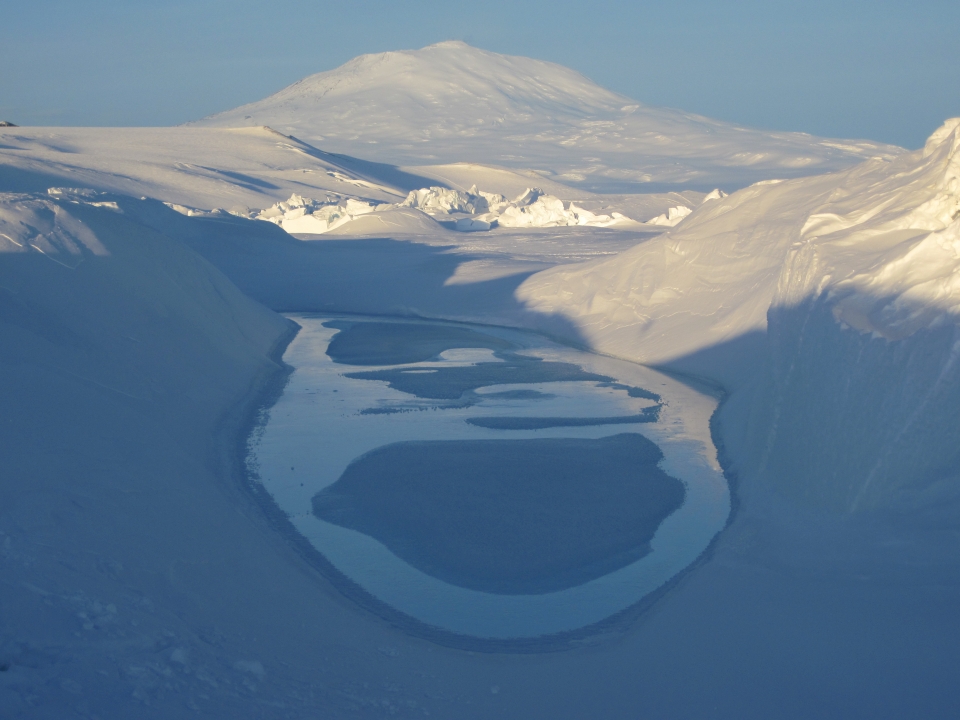
,Climate change is a change in long term weather patterns caused by more heat being trapped by greenhouse gases in the air. Image: LEARNZ.
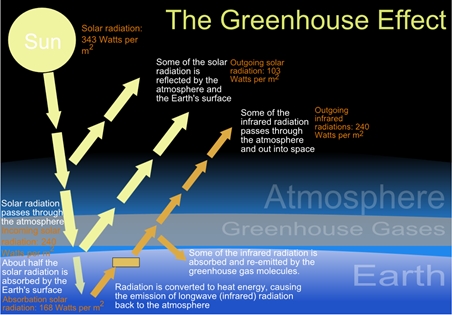
,This diagram shows how greenhouse gases stop heat from escaping back into space and cause climate change. Image: Public Domain.
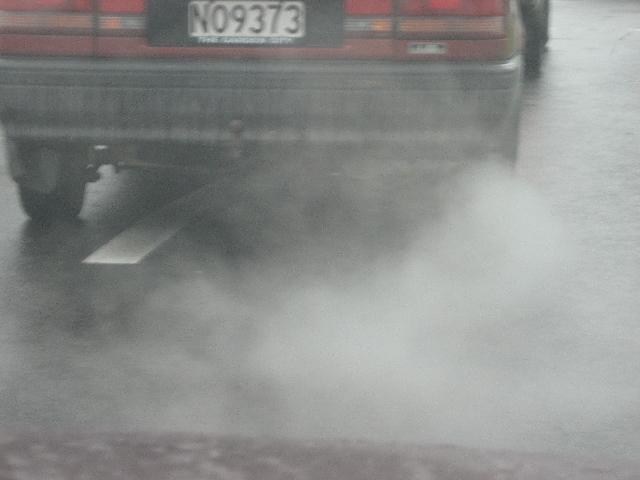
,Cars need fossil fuels to run and these emit greenhouse gases. How could you reduce the amount of greenhouse gas you are responsible for emitting. Image: Public Domain.
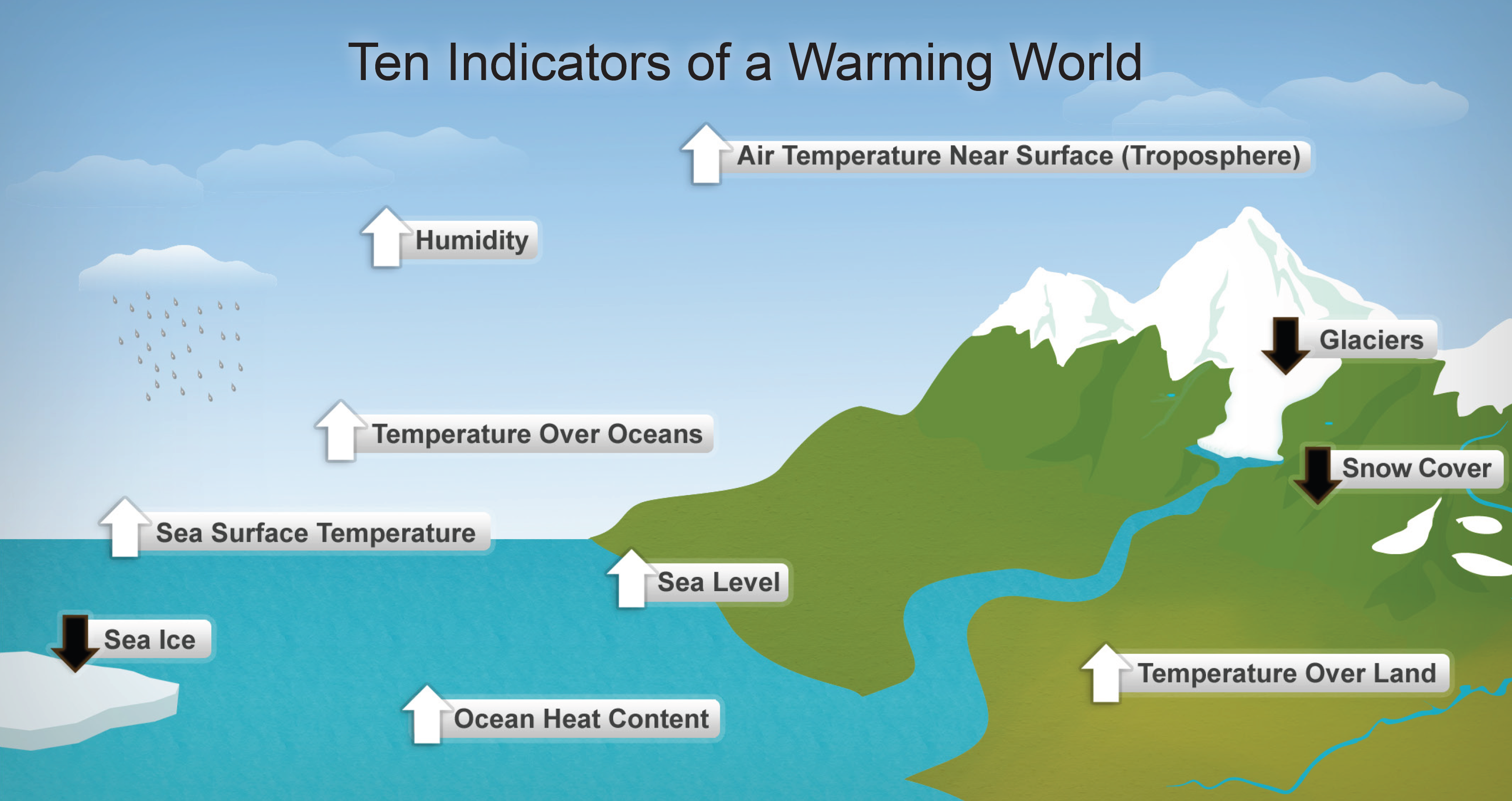
,This diagram shows ten indicators for a warming world. How many of these indicators can be seen in New Zealand and in Antarctica? Image: Public domain.
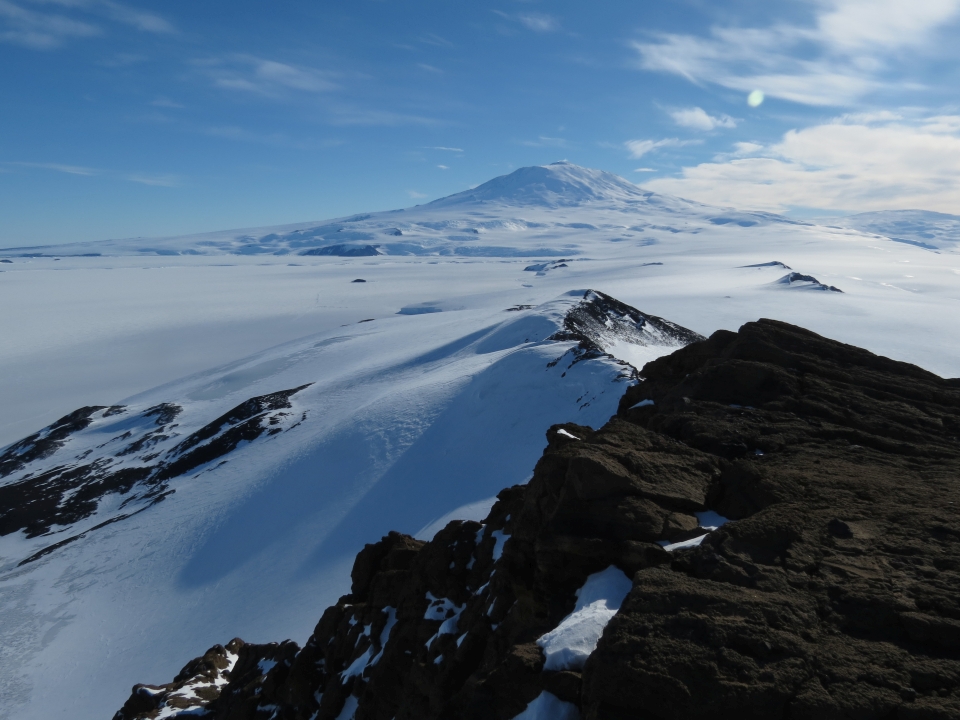
How do you think climate change will affect Antarctica? Image: LEARNZ.
How do you think a change in the amount of sea ice would affect the animals that live in Antarctica?